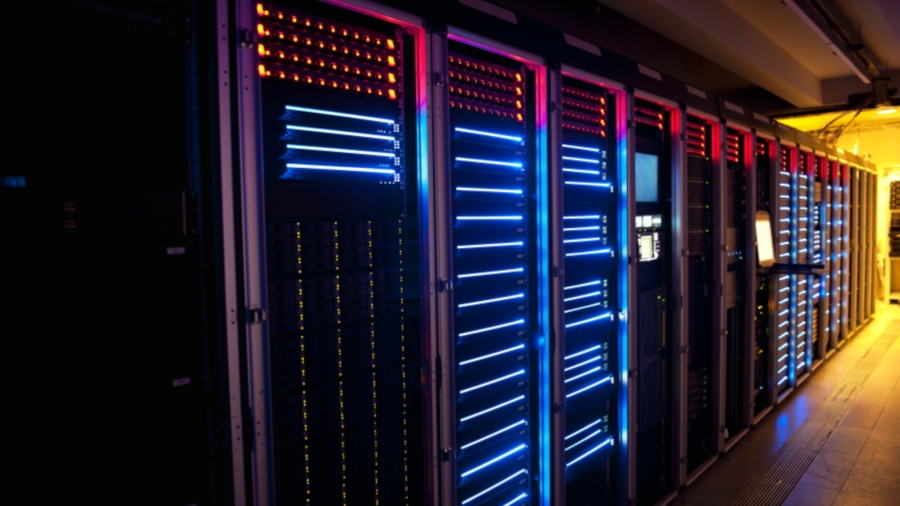Transitioning to a server
The first steps towards using a server in a small business

A small business may find its first move to using a central server for its network quite daunting, but the process can be made relatively straightforward through a number of simple steps and a clear idea of the priorities.
The selection process depends on what the server will have to do: the more demanding the tasks, the more RAM and disk space needed. A minimum specification is usually a single or dual core central processing unit, 1GB of RAM and two drives in a RAID 1 (redundant array of independent disks) configuration, in which they duplicate the contents to ensure that if one fails the other can take over.
A tower server is often the best choice to start, as it is only slightly larger than a desktop PC and can be tucked into a convenient space, as long as the airflow is adequate and it is possible to control the air temperature.
More RAM and storage can be added as more people and applications begin to use the server, and it's usually best to have some spare capacity. Most entry level servers can take up to 4GB of RAM, which is usually enough for a small business.
It's necessary to back up data to tape, disk or a removable hard drive. Many backup drives and tape sizes are specified by two numbers, the larger of which is usually double the smaller and indicates how many gigabytes of compressed data it can hold. But it's better to hedge bets by relying on the smaller number, and to ensure that you keep tapes secure and rotate them every few weeks.
It's also worth backing up data on PCs and laptops to the server.
Windows or Linux?
When it comes to an operating system, Microsoft Windows Server Essentials often does the job for small businesses. It is likely to cost more than the server hardware and may not be appropriate if the business grows rapidly, and there are alternatives that use Linux. But the latter can take more effort to implement for anyone not familiar with their design.
Are you a pro? Subscribe to our newsletter
Sign up to the TechRadar Pro newsletter to get all the top news, opinion, features and guidance your business needs to succeed!
It's also worth looking at the existing switches on the business's network. Many small firms make do with a single 100Gb switch that requires no configuration, but replacing it with one that has a higher specification can improve the speed of the server for users.
The server, network and desktop systems need to be configured for the new infrastructure, which usually takes some trial and error. It's often a good idea to bring in a consultant, and to teach at least one member of staff the basic administrative tasks.
Finally allocate the relevant tasks to the server. One common piece of advice is to stay clear of hosting a website, as a hosting provider will have faster and more robust internet access.
All this is not necessarily complex, but it can provide significant benefits to a small company aiming to build up its business.